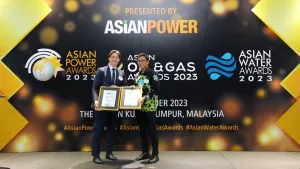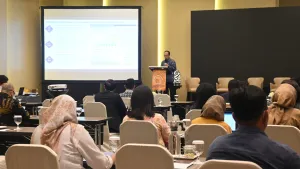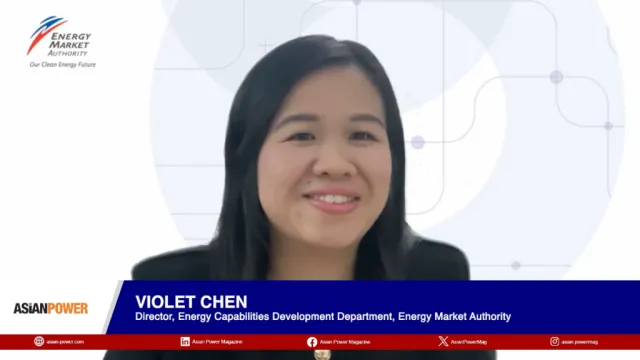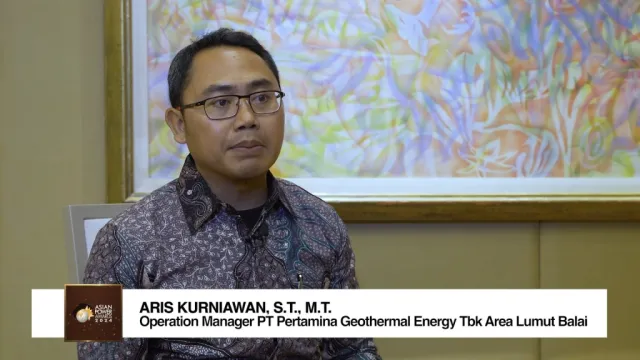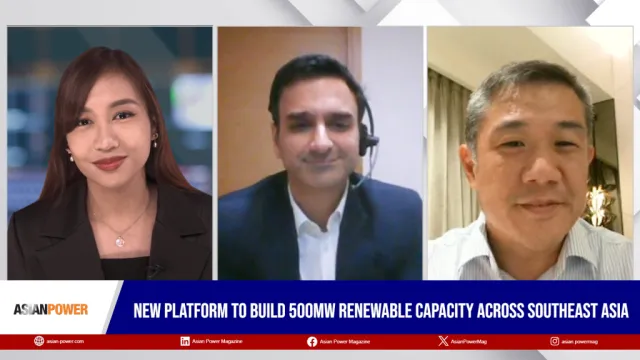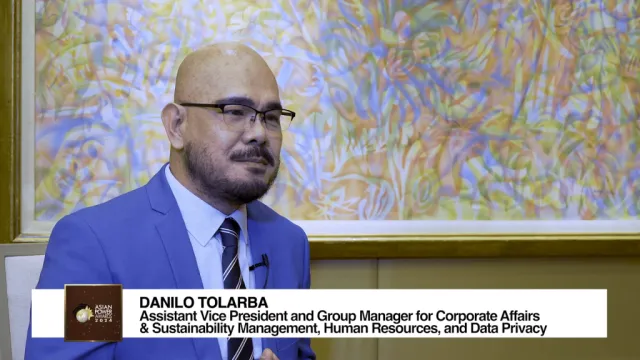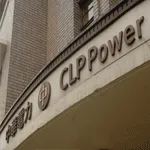
Environment benefits from new HK power tariff
CLP Power Hong Kong will raise its average net tariff by 2.6 percent effective 1 January 2010.
This adjustment is a net result of a rise of 2.6 cents in Basic Tariff, partially offset by a reduction of 0.3 cents Fuel Clause Charge due to the downward movement of the coal price over the year. This is the first time CLP has increased its Basic Tariff in more than 10 years.
Following the adjustment, 70 percent of CLP residential customers will experience a monthly tariff increase of $10 or less while 70 percent of its business customers will experience a monthly increase of $5.1 or less.
The tariff adjustment is necessary to enable CLP to fund projects that will help improve environmental performance in Hong Kong, including projects necessary to meet the government's 2010 emissions reduction targets and to support Hong Kong's infrastructure developments that will bring benefit to the community.
"The new tariff will help fund important environmental projects such as fitting emissions control installations to our generating units and preparing for new gas supplies to be brought to Hong Kong. It also reflects an upturn in the investment cycle for capital-intensive projects that support Hong Kong's infrastructure plans," said Mr. Richard Lancaster, Acting Managing Director, CLP Power Hong Kong Limited.
"Moreover, as most of our equipment and material is imported, CLP is also subject to pressure from fluctuations in the cost of imported materials. Rapidly rising prices for many of these materials this year has exerted great pressure on our costs," he added.
According to Lancaster, when faced with the need to raise its tariff to help support these initiatives, CLP's focus has been to keep the adjustment to a minimum and soften the impact on their customers as much as possible.
CLP has not increased its Basic Tariff in more than 10 years and has offered over HK$4 billion in rebates for its customers through stringent cost control and improvements in operational efficiency. The Basic Tariff, after this adjustment, is still lower than it was 10 years ago and remains the lowest in Hong Kong.
"It is highly competitive with other major cities, many of which have seen significant price rises over the last few years," Lancaster emphasized.
CLP's environmental projects are concentrated in the area of clean power generation, which increases the cost of producing electricity. A major component is the Emissions Control Project, which includes the retrofit of four of the company's coal-fired units with emissions reduction facilities, which will be completed in phases from end 2009 to 2011. The Emissions Control Project has been developed in tandem with the company's continuing efforts to secure a stable long-term supply of clean-burning natural gas from the Chinese Mainland. Preparatory work for this new gas infrastructure will start next year.
CLP is also developing transmission and distribution facilities to support Hong Kong's infrastructure projects as well as to maintain supply reliability for CLP's network system as a whole.
These projects are dependent on imported equipment and materials such as aluminum and copper, the prices of which have surged between 40 and 100 percent since January 2009 and are expected to contribute to higher expenditure in the coming year.
"CLP provides our customers with high quality service and one of the most reliable electricity supplies in the world at value for money prices. We will continue to work hard to ensure our customers enjoy a stable and competitive tariff through prudent financial management, stringent cost control and operational efficiency enhancement," said Mr. Lancaster.


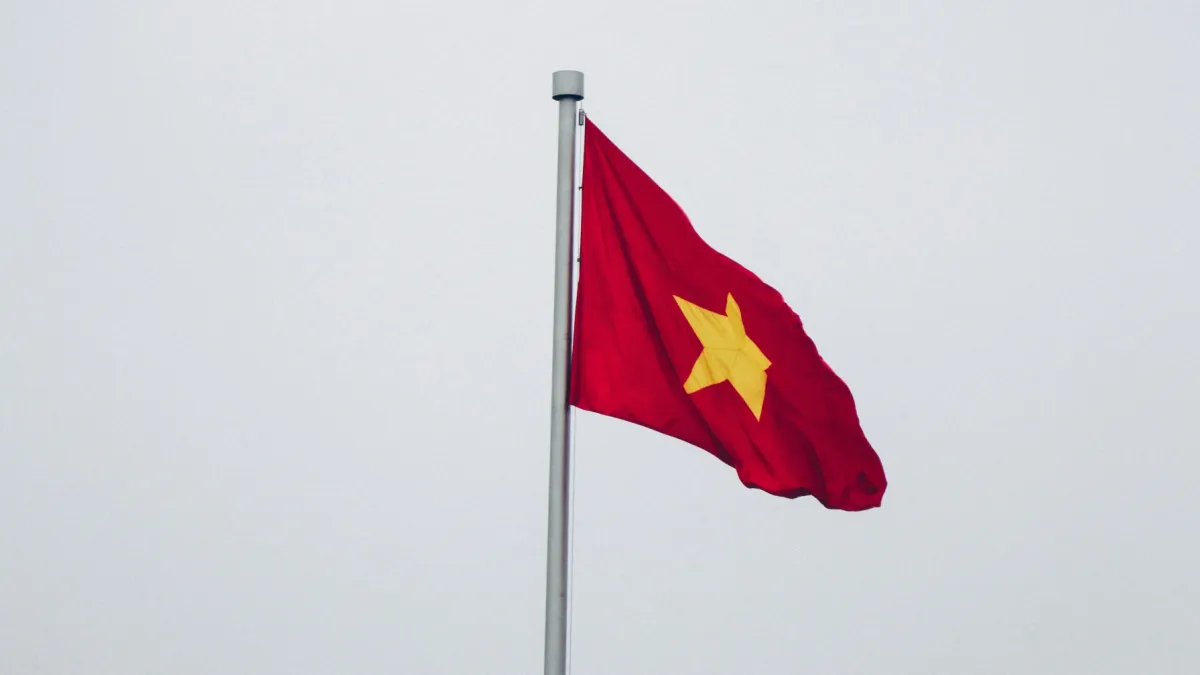
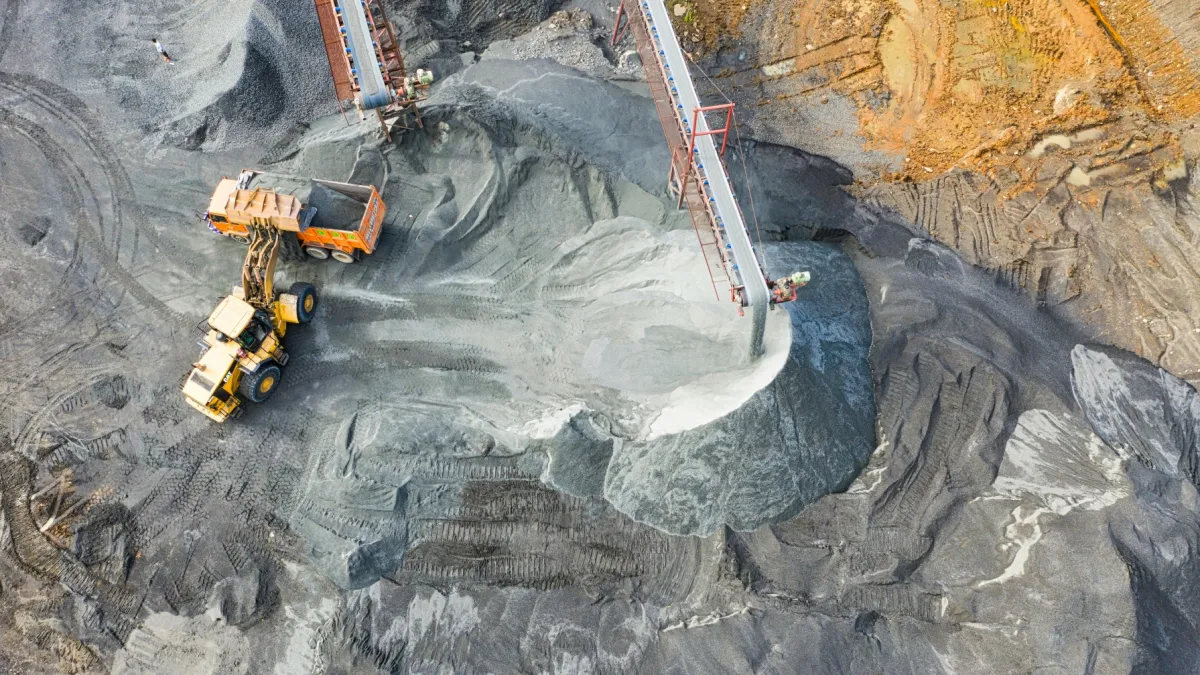
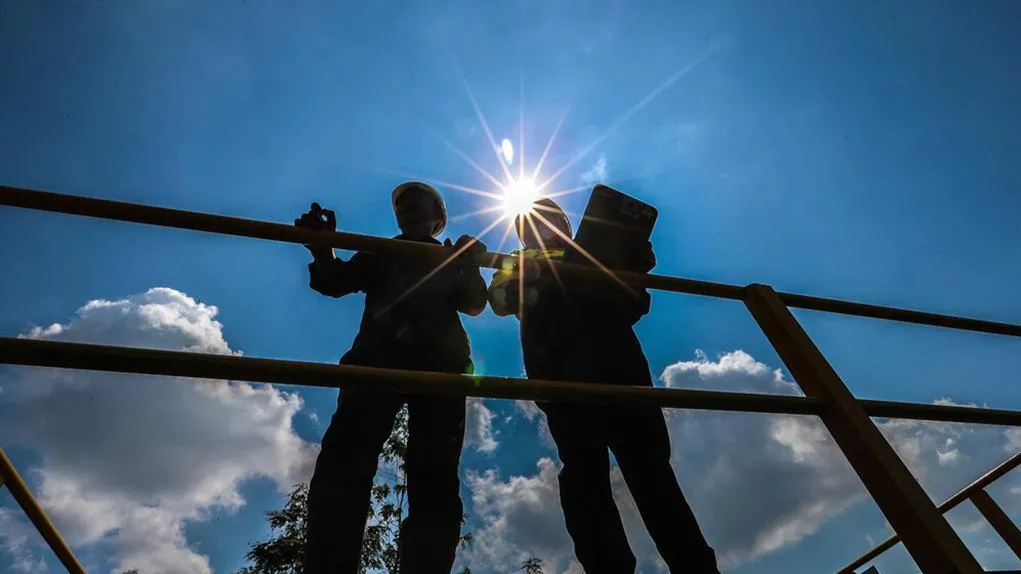
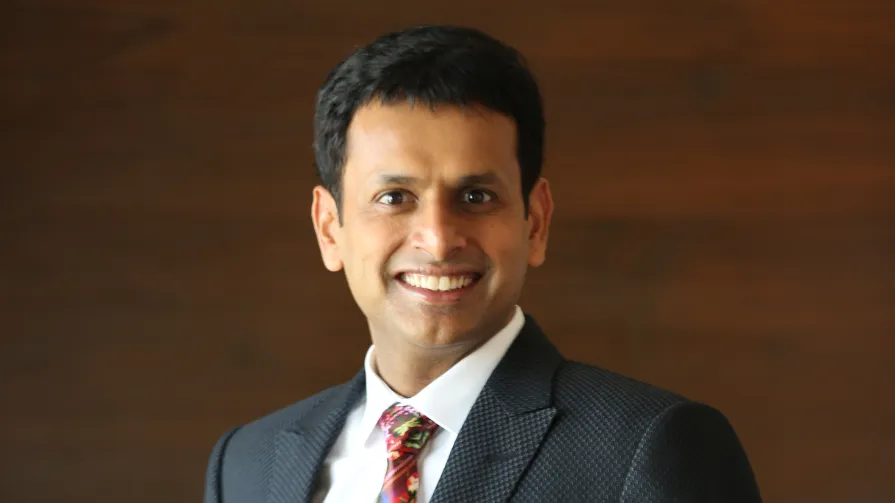
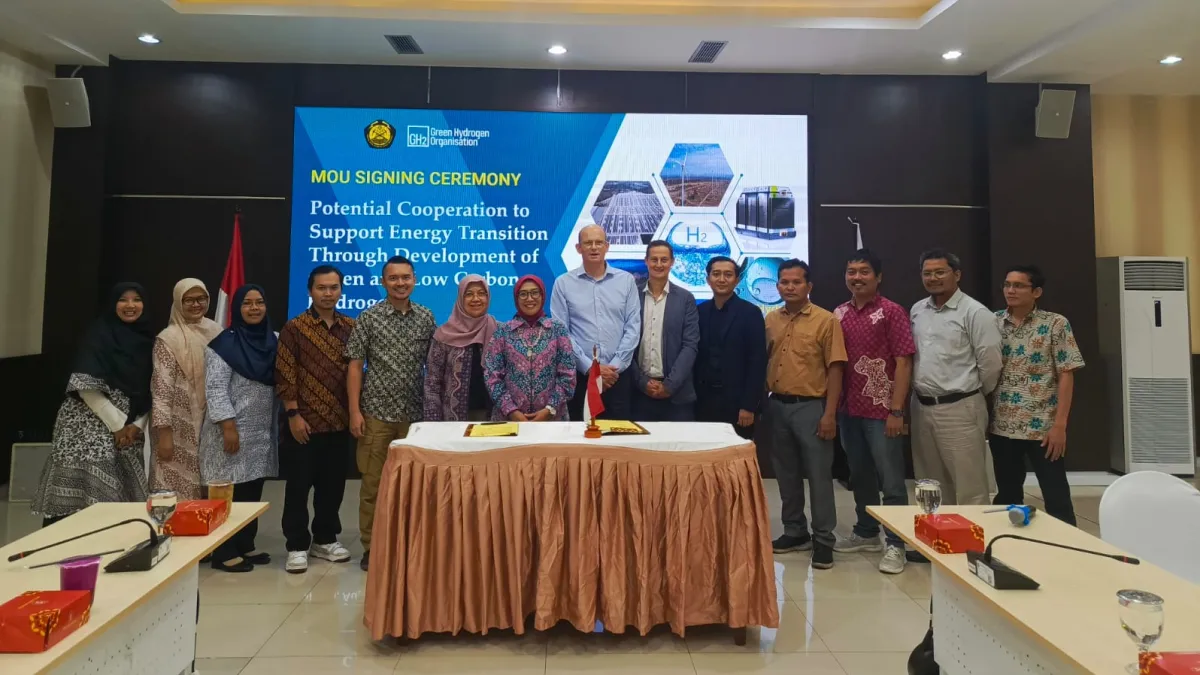
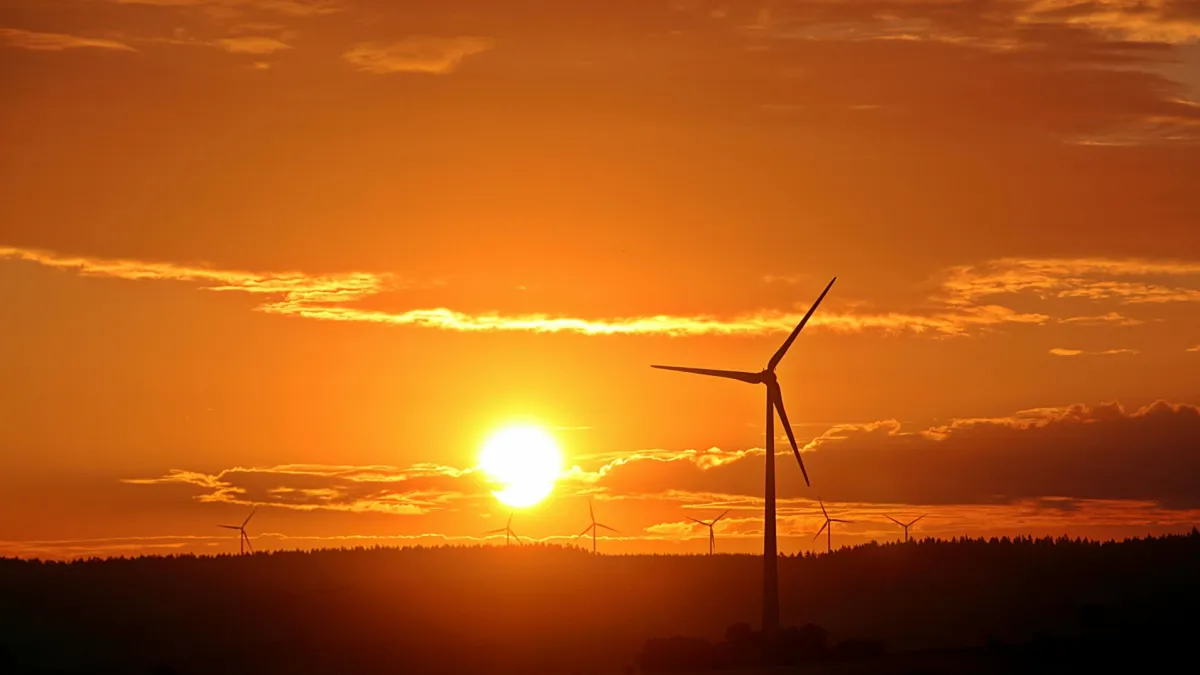

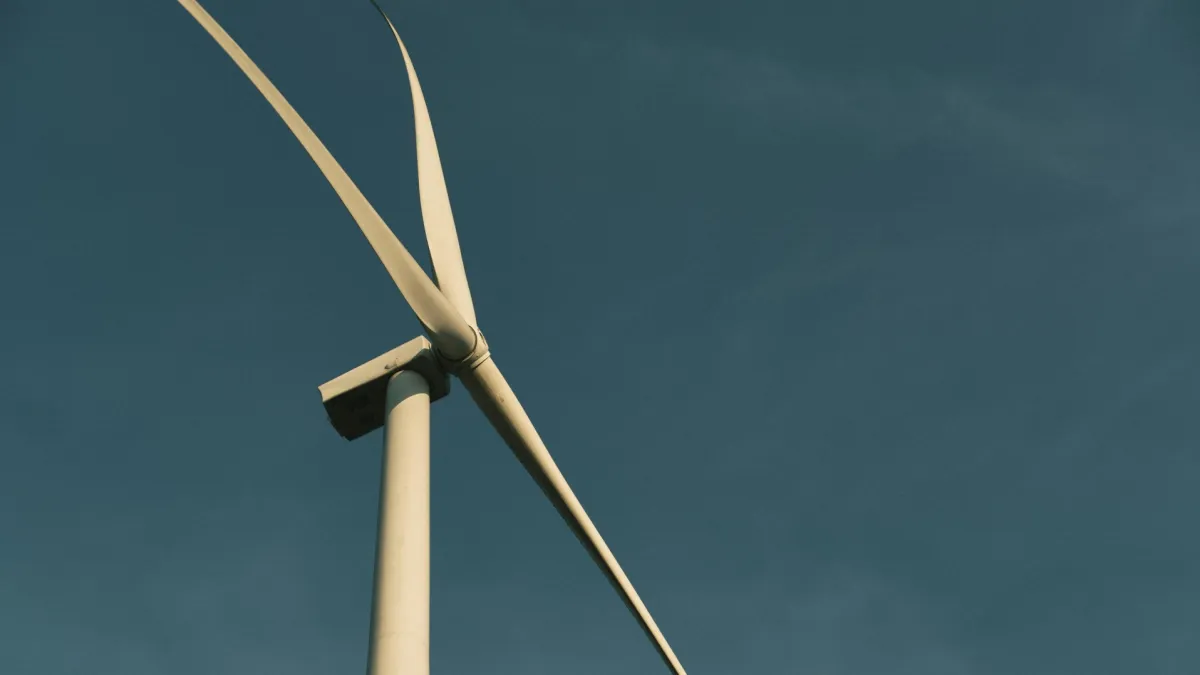

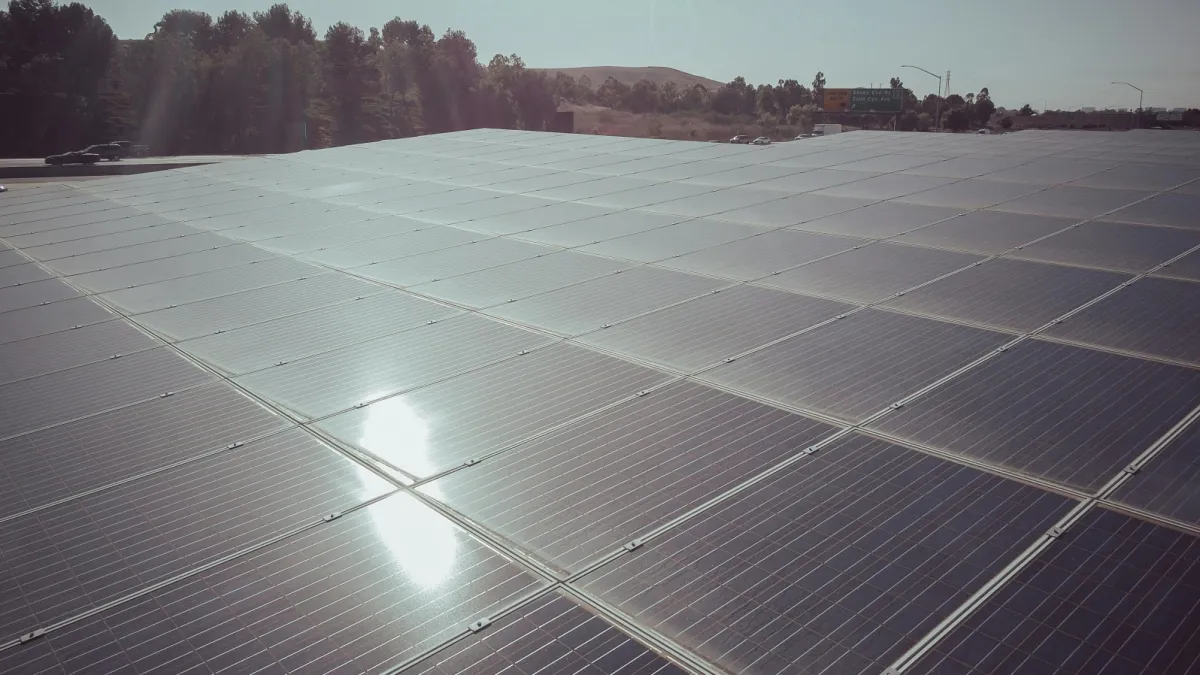

 Advertise
Advertise

